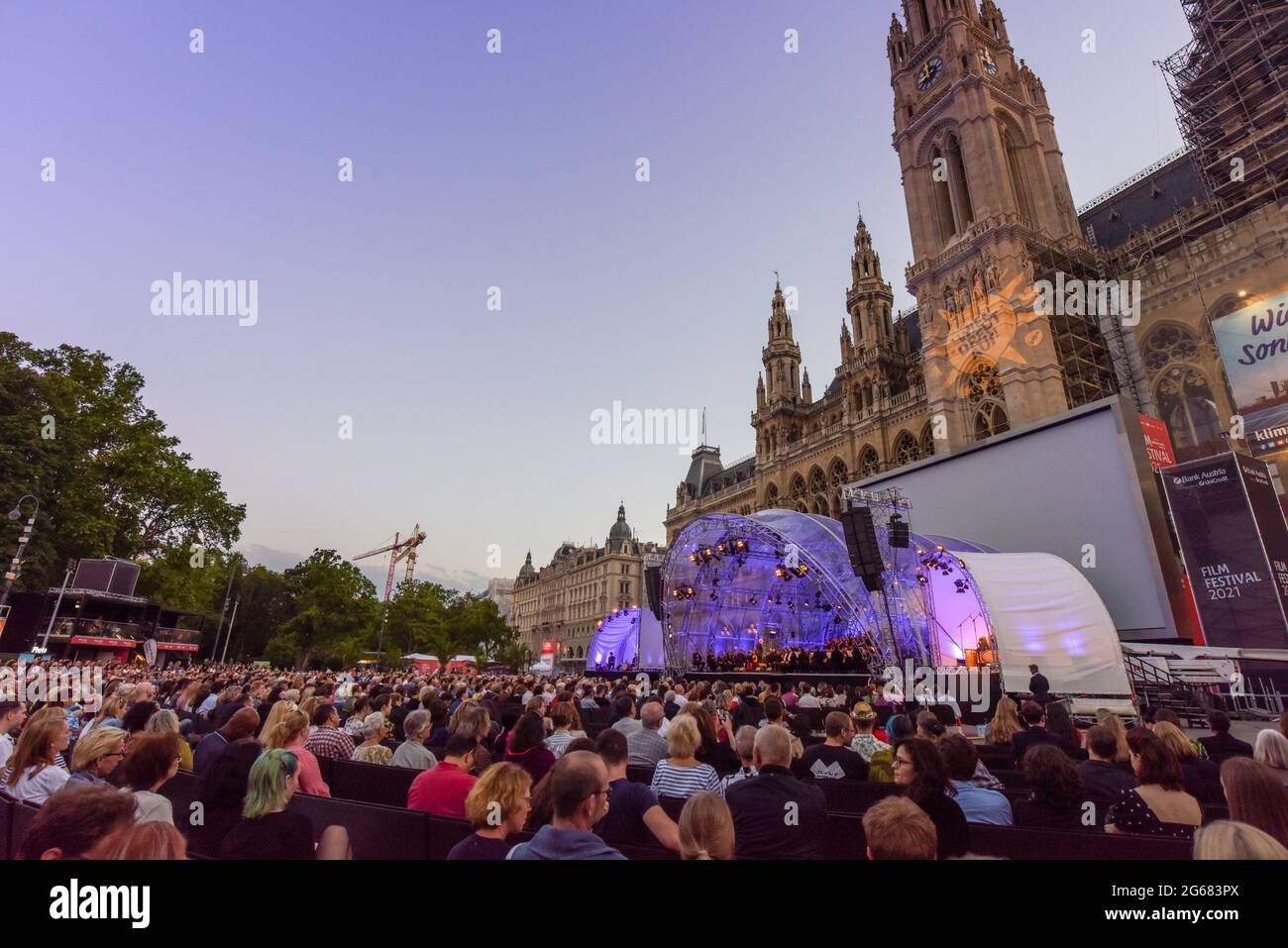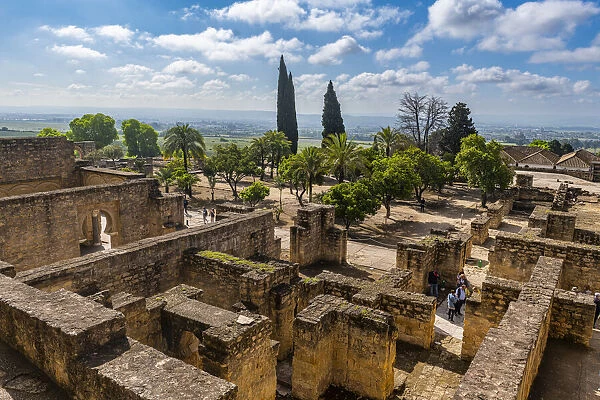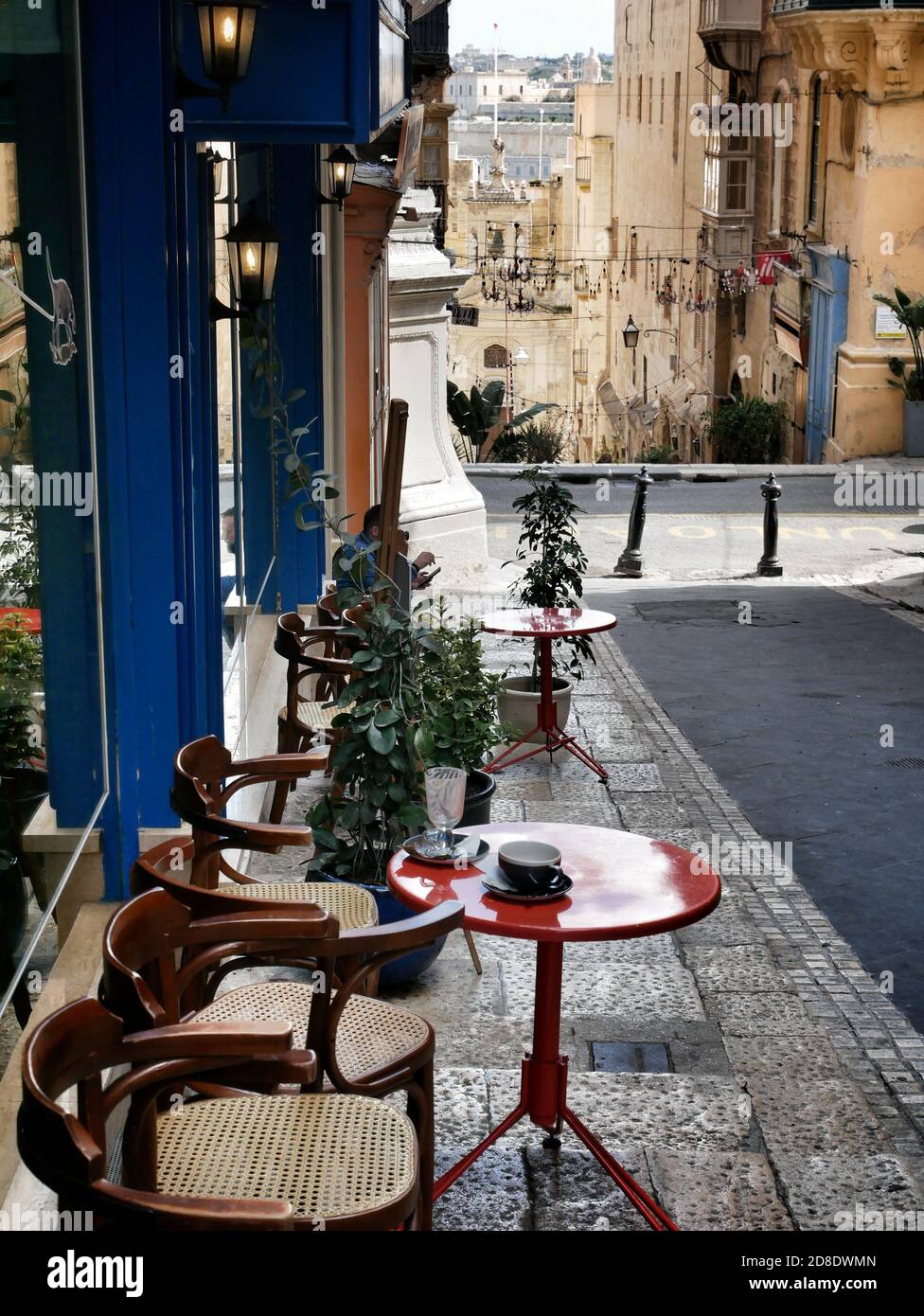The Historic City of Aleppo: A Journey Through Time
Aleppo, one of the oldest continuously inhabited cities in the world, stands as a testament to centuries of human civilization, boasting a profound historical and cultural legacy. Situated in northwestern Syria, Aleppo has long been a focal point of trade, culture, and power throughout the centuries. The city, with its rich tapestry of history, provides a unique glimpse into the passage of time and the resilience of its people.
Early Beginnings and Ancient History
Aleppo's history can be traced back to around 5000 BC, making it an essential part of the cradle of civilization. Known as Halab in Arabic, this historic city was strategically located between the Mediterranean Sea and ancient Mesopotamia, acting as a critical hub for commerce and culture. It connected the Silk Road, linking the East and West, and served as a major trading center for centuries.
Throughout antiquity, Aleppo was shaped by various civilizations that occupied or influenced the region. It was part of the ancient Akkadian Empire and later came under the rule of the Amorites and Hittites. The city has also seen the influence of the Assyrians, who brought their distinct culture and administrative system. The constant exchange of ideas, goods, and traditions helped form a diverse cultural landscape that is emblematic of Aleppo's enduring legacy.
A Crossroads of Empires
As history unfolded, Aleppo's importance continued to grow under successive empires. During the time of Alexander the Great's empire, Aleppo became part of the Seleucid Empire, which introduced Hellenistic influences that permeated various aspects of life, including art and architecture. This period marked the beginning of widespread urban development, with the introduction of structures that blended Hellenistic and local styles.
The Roman Empire brought further change to Aleppo, introducing advanced infrastructure such as roads, aqueducts, and public buildings, contributing to the city's prosperity and growth. The city's strategic importance was recognized by Emperor Aurelian, who fortified its defenses, setting a precedent for future rulers.
By the 7th century, Aleppo had become a pivotal city in the Muslim world after the Islamic conquests. Over time, it would become part of the Umayyad, Abbasid, and later the Seljuk empires. Each of these epochs left indelible marks on the city's architecture, culture, and traditions, making Aleppo a treasure trove of historical riches.
The Mamluks and the Ottoman Era
The Mamluks, rulers of Egypt and Syria, were instrumental in reinforcing Aleppo's importance as a trading hub. The city thrived under their rule, seeing significant architectural developments, including the construction of mosques, madrasas, and souqs, many of which can still be seen today. The Mamluks fostered a rich cultural environment, promoting intellectual and artistic pursuits that contributed significantly to the Islamic Golden Age.
In the early 16th century, Aleppo was absorbed into the Ottoman Empire, catapulting the city into a new era of prosperity and cultural fusion. As Aleppo became part of one of the largest empires in history, it played a pivotal role in trade, serving as an intermediary between Europe, Asia, and Africa. The city's cosmopolitan nature was enhanced by the presence of diverse communities, including Armenians, Jews, and various European merchants.
Aleppo's bustling markets, particularly the famous Al-Madina Souq, attracted merchants from all corners of the world, creating a melting pot of languages, customs, and goods. This period of relative stability under the Ottomans saw the embellishment of the city's architectural heritage, with one of the most notable contributions being the rebuilding of the Citadel of Aleppo, an iconic structure that dominates the city's skyline.
Modern Challenges and Resilience
Despite its glorious past, Aleppo entered the 20th century facing new challenges, with geopolitical shifts and conflicts marking its history. The collapse of the Ottoman Empire led to the drawing of new borders and the emergence of modern nationalistic movements. In 1920, Aleppo became part of the newly established French Mandate for Syria and Lebanon, a period marked by both modernization and resistance against colonial rule.
As Syria gained independence in 1946, Aleppo continued to grow and adapt to the modern world while trying to preserve its rich historical and cultural identity. The city saw infrastructural progress but also faced challenges due to political instability and economic pressures.
Unfortunately, in recent years, Aleppo has become synonymous with devastation due to the Syrian Civil War, which began in 2011. Once a flourishing historical city, Aleppo became one of the main battlegrounds of the conflict. The destruction of its infrastructure, heritage sites, and the displacement of its people have been tragic aspects of modern history. Yet, amidst this adversity, the resilience of Aleppo's inhabitants shines through as they strive to rebuild their homes and lives, preserving their rich cultural legacy for future generations.
The story of Aleppo is one of endurance and hope, a living testament to the strength of human spirit in the face of adversity. As ongoing efforts to rehabilitate the city continue, Aleppo remains a symbol of the enduring legacy of civilization, an irreplaceable gem in the vast tapestry of world history.
The Architectural Marvels of Aleppo
The historical and cultural richness of Aleppo is intricately woven into its architectural landscape, showcasing a blend of various styles that have evolved over millennia. The remnants of these structures provide a glimpse into the city's vibrant past and the civilizations that contributed to its grandeur.
At the heart of Aleppo lies the Citadel, one of the most remarkable monuments of the medieval Islamic world. Perched atop a hill, the Citadel has served as a defensive stronghold since ancient times, withstanding numerous sieges and battles. The existing structure, primarily built during the Ayyubid period in the 12th century, is a testament to the architectural genius of that era. It features grand entrance gates, towers, and an extensive curtain wall, all designed to maximize its defensive capabilities. Today, the Citadel remains an emblem of Aleppo's enduring spirit and strategic importance.
Aleppo is also renowned for its ancient souqs, a reflection of its historical role as a bustling trade center. The Al-Madina Souq, one of the largest covered markets in the world, stretches over several kilometers and has served as a vibrant hub for commerce for over a thousand years. The narrow alleys are lined with shops that sell an array of goods, from textiles and spices to intricate handicrafts. The souq's architecture is characterized by stone-vaulted ceilings and arches, designed to provide shade and ventilation for merchants and shoppers alike.
Religious architecture in Aleppo is equally fascinating, with numerous mosques and churches reflecting the city's multicultural past. The Great Mosque of Aleppo, or the Umayyad Mosque, dates back to the 8th century and is one of the oldest mosques in the world. It houses the minaret, which unfortunately suffered significant damage during recent conflicts but remains a significant symbol of Aleppo's Islamic heritage. The mosque's architectural style is an exquisite blend of early Islamic, Byzantine, and Persian influences.
Furthermore, Aleppo boasts a number of churches that highlight its Christian heritage. The Armenian Church of the Forty Martyrs and the Greek Orthodox Church of Saint George exemplify the harmonious coexistence of different religious communities throughout Aleppo's history. These structures not only serve as places of worship but also as cultural landmarks that testify to Aleppo's rich and diverse religious tapestry.
Cultural Heritage and Identity
Aleppo's cultural heritage is not confined to its tangible architecture and landmarks but extends into the everyday life and traditions of its people. For centuries, the city has been home to a multitude of ethnic and religious groups, each contributing unique customs and traditions that have shaped Aleppo's identity.
The city has long been a hub for artists, writers, and scholars, fostering a vibrant intellectual scene. Throughout history, Aleppo's cultural environment has been enriched by interactions between various communities. The city was known for its schools of poetry and philosophy during the Islamic Golden Age, attracting scholars and poets from all over the Muslim world. This period saw the flourishing of literature, science, and art, with Aleppo as a significant contributor to the intellectual and cultural developments of the time.
The cuisine of Aleppo is another testament to its rich cultural diversity. Known for its flavorful and aromatic dishes, Aleppine cuisine blends Mediterranean and Middle Eastern influences, embodying the history of trade and interaction along the Silk Road. Traditional dishes such as kibbeh, a savory mix of bulgur and ground meat, and muhammara, a spicy walnut and pepper dip, are beloved both within Syria and beyond its borders.
Music and dance are also vital aspects of Aleppo's cultural identity. Traditional music forms, such as the "qad," a type of classical Arabic music, and "muwashshah," a form of Andalusian poetry set to music, have been preserved and passed down through generations. These traditions highlight the city's role as a cultural crossroads, blending influences from across the Middle East and North Africa.
Preservation and Reconstruction Efforts
In the wake of the recent conflict that devastated much of Aleppo, efforts to preserve and reconstruct the city's invaluable heritage have become paramount. Organizations and individuals, both locally and internationally, are working tirelessly to rescue Aleppo's historic sites from obscurity and repair the damage inflicted during years of turmoil.
UNESCO has been actively involved in the preservation and reconstruction of Aleppo's cultural landmarks, recognizing the city's Old Town as a World Heritage site. This status underscores Aleppo's international significance and the critical need to protect its heritage for future generations. Initiatives have been set in motion to restore various historical structures, including the Great Mosque, the Citadel, and the Al-Madina Souq, ensuring that these symbols of Aleppo's resilience continue to stand tall as reminders of the city's storied past.
Local communities play a significant role in these preservation efforts, driven by a deep connection to their heritage and a desire to revive Aleppo's cultural vibrancy. Craftspeople, artisans, and architects are joining forces to reconstruct what was lost, often relying on traditional techniques and materials that maintain the authenticity of Aleppo's architectural style. These collaborative efforts aim not only to restore physical structures but also to revitalize the cultural and social fabric of the city.
While Aleppo's journey to recovery remains challenging, the commitment to preserving its identity and legacy is unyielding. The city's rich history, interwoven with tales of influence, trade, and cultural exchange, assures its place as a vital chapter in the story of human civilization. As Aleppo rebuilds, its heritage and spirit endure, offering both inspiration and hope for a future where the city thrives once more.
The Human Spirit and Community Resilience
Amidst the architectural splendor and rich cultural heritage, the most enduring aspect of Aleppo is undoubtedly its people. Despite the trials and tribulations brought upon by modern conflict, the community of Aleppo has demonstrated remarkable resilience and fortitude, proving that the true strength of a city lies in its inhabitants.
In times of adversity, the people of Aleppo have come together to support each other, demonstrating unwavering solidarity. Local and international humanitarian efforts have played a crucial role in providing aid, from essential supplies and medical assistance to rebuilding infrastructure. Yet, the heart of these efforts remains the collective determination of Aleppo's citizens, who strive to restore a sense of normalcy and hope within their communities.
One of the city's most inspiring stories comes from its youth, who have turned to art, education, and entrepreneurship to revitalize Aleppo’s spirit. Numerous grassroots initiatives have been established to foster creativity and innovation. These initiatives encompass a wide range of activities, from art exhibitions and workshops to educational programs aimed at empowering the younger generation. Through these endeavors, Aleppo's youth are not only reclaiming their narratives but also contributing to the city's revival.
The resurgence of Aleppo's cultural scene is another testament to the enduring spirit of its people. Artists, musicians, and performers have been pivotal in creating spaces for expression and dialogue. Festivals and cultural events, although once disrupted, are gradually making a comeback, serving as platforms for showcasing the city's diverse heritage and fostering a sense of community pride. These gatherings not only celebrate Aleppo's rich cultural tapestry but also provide a poignant reminder of the city's ability to adapt and flourish, even in the face of adversity.
Lessons from the Past, Visions for the Future
Aleppo's history serves as a valuable repository of lessons, emblematic of both the city's triumphs and its trials. The legacy of Aleppo is one of resilience, innovation, and intercultural harmony, offering insights that resonate far beyond its geographical boundaries.
One key lesson from Aleppo's history is the importance of preserving cultural heritage. The city's unique historical and architectural features are more than mere remnants of the past; they represent a collective identity and continuity that is essential for societal cohesion. As efforts continue to restore and protect Aleppo's heritage sites, there is a growing recognition of the need for sustainable preservation practices that balance developmental needs with cultural conservation.
Furthermore, Aleppo underscores the significance of cultural diversity as a source of strength and enrichment. The city's ability to thrive as a cultural crossroads has been pivotal in shaping its identity, a testament to the potential of embracing diversity in fostering innovation and prosperity. By celebrating its multicultural legacy, Aleppo not only preserves its traditions but also promotes a more inclusive and harmonious future.
Looking to the future, there is a collective aspiration to rebuild Aleppo as a beacon of resilience and cultural richness. Recovery initiatives aim to create a thriving urban environment that draws upon the city’s historical significance while adapting to contemporary needs. These efforts involve sustainable urban planning, infrastructure rehabilitation, and economic revitalization, with a particular focus on empowering local communities and fostering social cohesion.
The Global Significance of Aleppo
The story of Aleppo holds profound significance beyond its borders, resonating with global audiences as a symbol of resilience and cultural endurance. As history unfolds in this ancient city, it offers vital lessons for the international community on preserving cultural heritage in times of conflict and rebuilding societies after devastation.
Aleppo's experience underscores the necessity of global cooperation and support in preserving shared cultural heritage. Efforts from international organizations, such as UNESCO, alongside collaborations with local communities, illustrate the impact of unified actions in safeguarding invaluable historical sites. The city's ongoing recovery serves as a model for concerted international efforts to address cultural preservation challenges in other conflict-affected regions worldwide.
Moreover, Aleppo's ability to endure and adapt highlights the potential within each community to overcome adversities through solidarity and innovation. The city's narrative of survival and rebuilding demonstrates that, despite the challenges posed by modern conflicts, the human spirit remains indomitable. Aleppo inspires hope and serves as a powerful reminder of our shared responsibility to protect and promote cultural diversity and human dignity worldwide.
As Aleppo continues its journey of recovery and regeneration, it remains an essential testament to the strength of human perseverance and the enduring importance of cultural heritage. Once a bustling metropolis at the heart of ancient trade routes, Aleppo’s legacy serves as a beacon for future generations, guiding them in preserving their identities while embracing progress. Through its resilience, Aleppo reminds us of the enduring power of history, culture, and community to illuminate pathways towards a peaceful and prosperous future.

























Comments